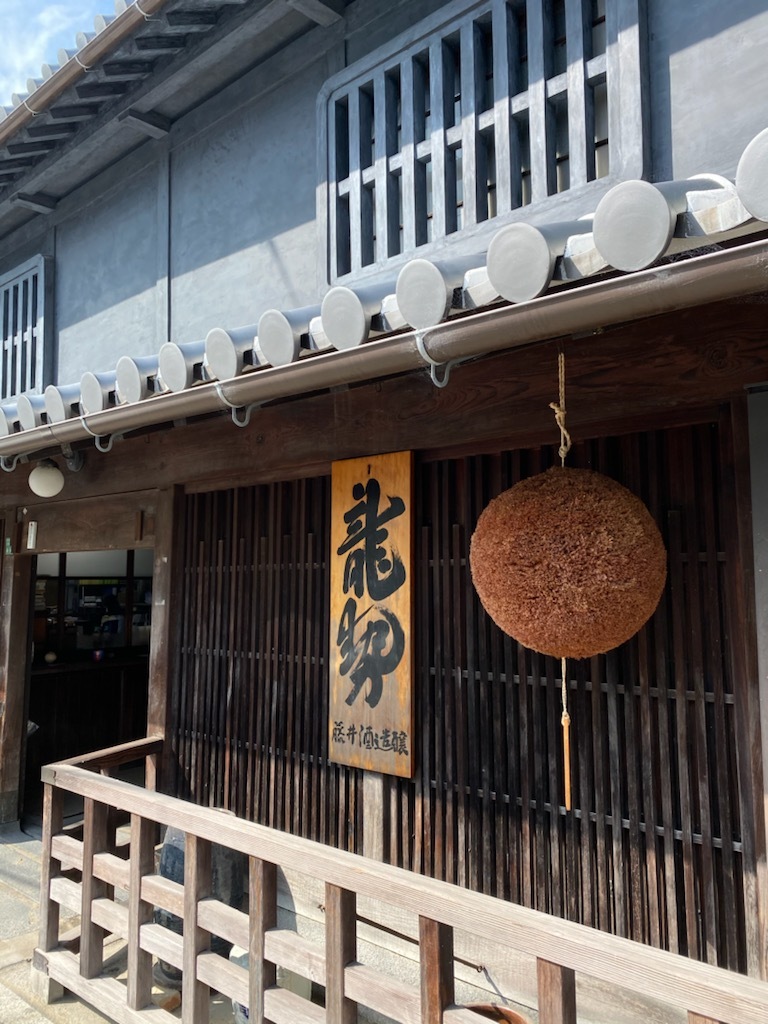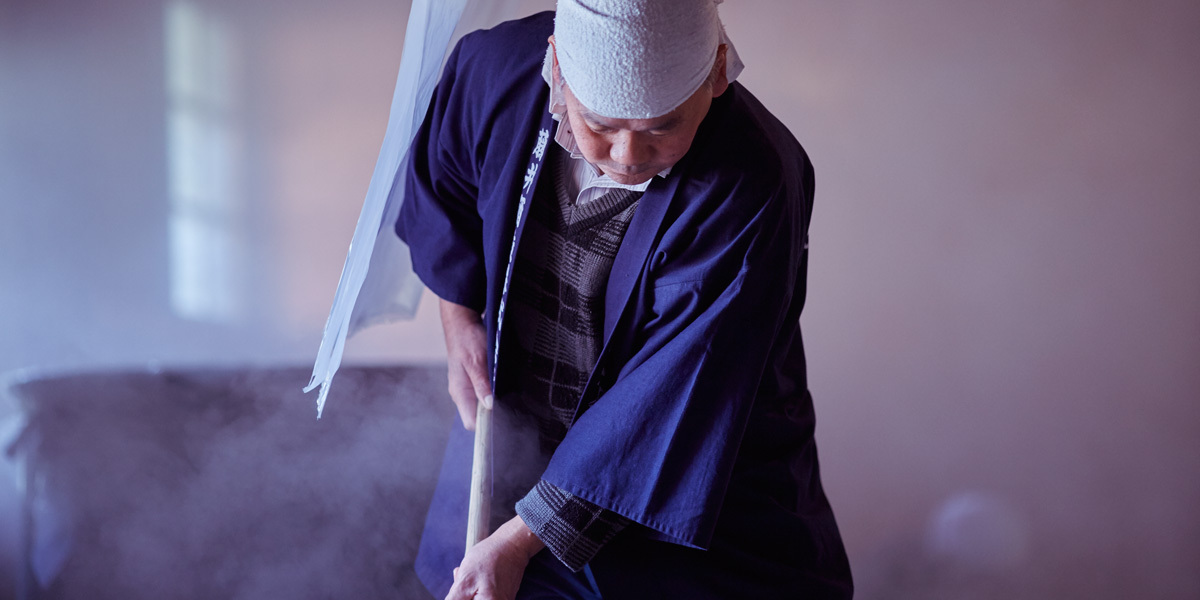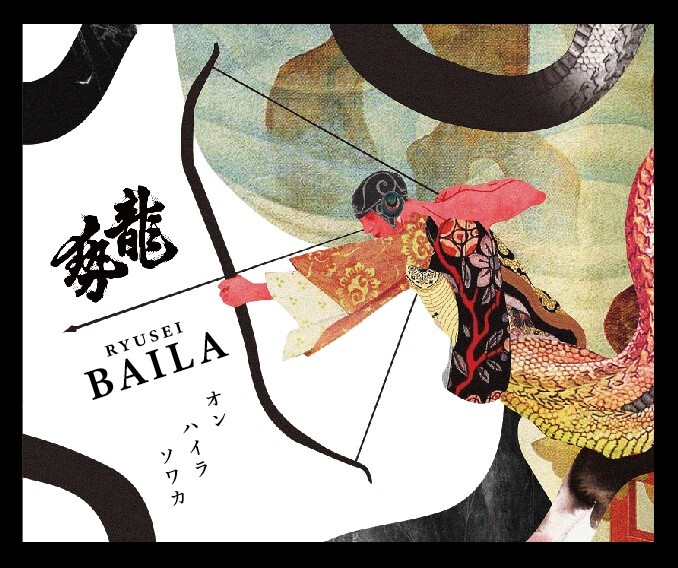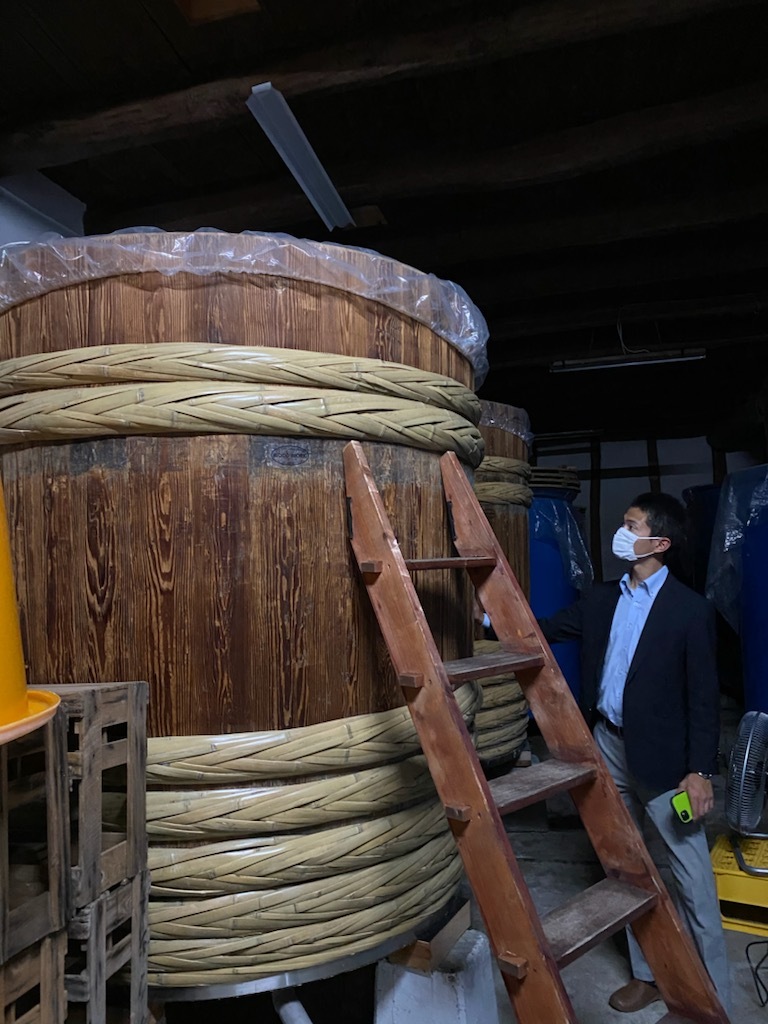1863 – Production begins following the discovery of Takehara’s water
The brewery was founded in 1863 in the late Edo Period by Zenshichithe First, who identified Takehara’s water supply as being particularly suitable for sake brewing.
Since its founding, the brewery has stubbornly continued to make its flagship brand “Ryusei” as a Junmai Sake.
There was a brief postwar period where Junmai production was forbidden, which prompted Zenshichi the Third to lower the curtain on production, but with the fifth generation of the family production recommenced and has now been ongoing for over thirty years.

A focus on sake that pairs well with food
The hallmarks of the Fujii Sake Brewery are rounded umami from good ingredients and careful work in the brewery, refreshing acidity and a light-footed dryness, a touch of astringency that gives tension, crispness and a finish with depth. Contrasting components coexisting to create a beverage with complexity and depth – that is what sake is all about.
Possessing these characteristics in abundance, yet by no means jostling for attention with the food it is paired with, the synergy of food and Fujii’s sake creates something greater than the sum of its parts.
Both Mottox and the Fujii Brewery share a desire to make sake that enhances the characteristics of the food it is paired with, a key motivation behind this collaboration.

The concept behind Ryusei Baila
The name Baila originates from one of the twelve heavenly generals of Bhaisajyaguru (the Medicine Buddha). It is Baila that appears on this sake’s label.
Baila’s s duty was to control powerful, savage dragons and preserve peace.
Making powerful sake that has become one of the distinguishing characteristics of the Fujii Sake Brewery, the home of the Ryusei label (Ryusei meaning “dragon” in Japanese). In this collaboration, we worked together to make a sake that retains this power, but with a certain smoothness and harmony, as if Baila himself had tamed a dragon’s power in the bottle.

Takehara, a town loved by sake
Takehara is a picturesque town facing the Seto Inland Sea that used to be the home of a flourishing salt industry.
Its water is so clean and pure that the underground water is still used as tap water, and it is also blessed with an abundance of seafood, leading to a rich food culture developing there over the years.
It is also known as the birthplace of the founder of Nikka Whisky, Masataka Taketsuru, or “Massan” as he has become known in a recent hit TV drama.
Also known as “the Kyoto of the Aki region”, the brewery also capturesthe charm of the beautiful town where it is located, filled with traditional old wooden houses and historic temples and shrines, their appearance unchanged since old times.
Located in the middle of this town, the Fujii Sake Brewery too retains its traditional appearance, with the original buildings at the time of its founding still standing.

Kioke (wooden vat) production
“Kioke brewing”, where wooden vats are used as vessels for fermentation, has gradually faded from view since the 1960’s, but today the value of this production method is being reassessed, and the number of breweries experimenting with this technique is growing.
In the Autumn of 2019, at the Fujii Sake Brewery two Kioke vats from the Taisho Era were brought back into use. The vats had previously been used over a 50-year period, until 1958.
Nowadays there are very few Kioke technicians remaining, and the restoration process was a difficult one, but thanks to the brewery’s efforts we can once again enjoy the warm, nostalgic aromas and gentle, complex, deep flavours that Kioke production brings to the table.
Ryusei Baila is one such sake that was brewed using Kioke.




